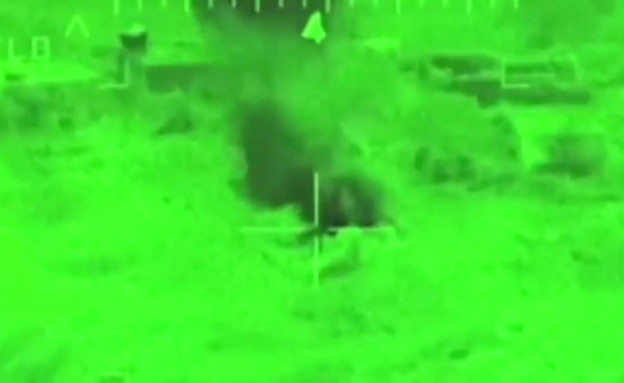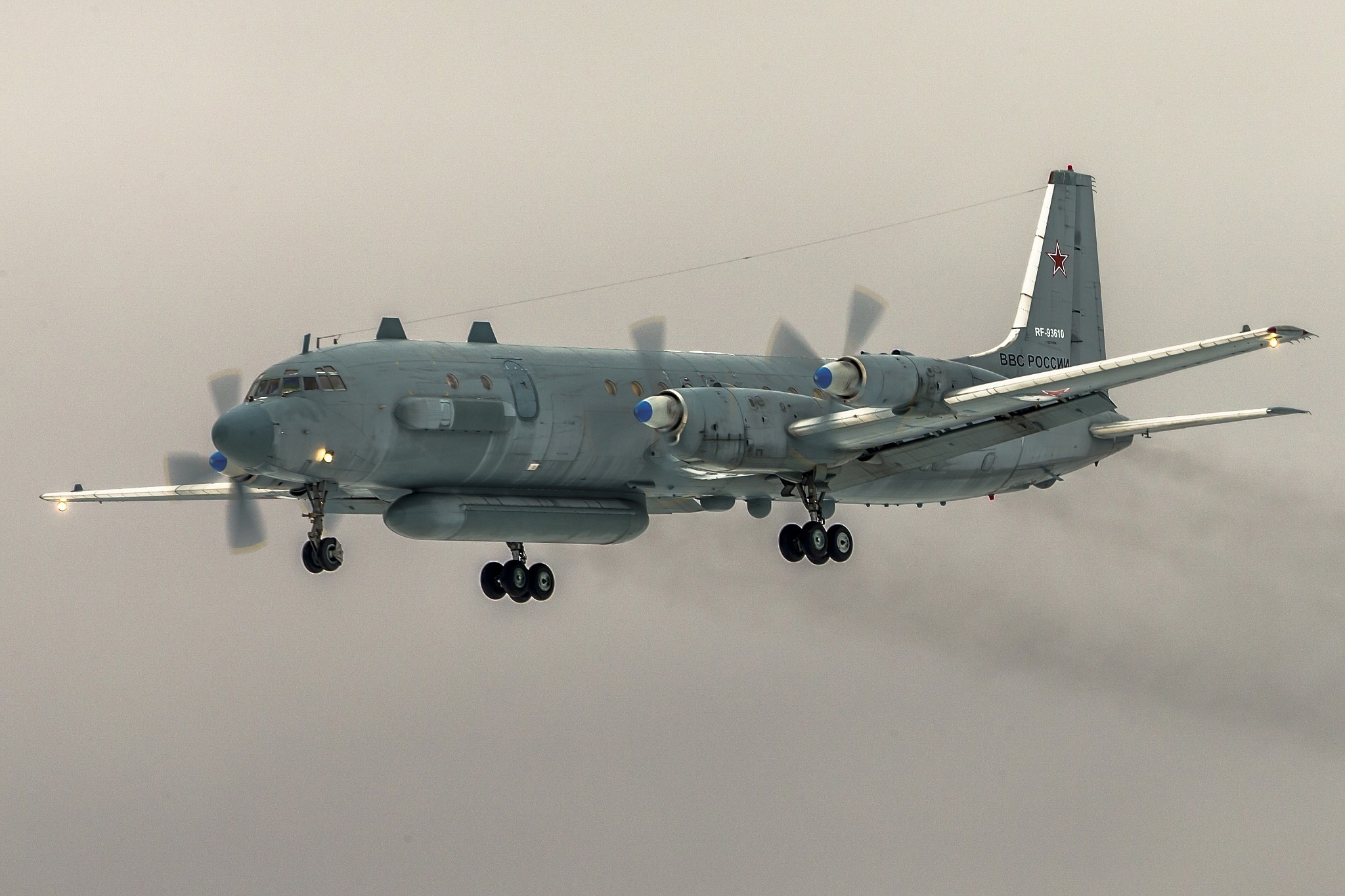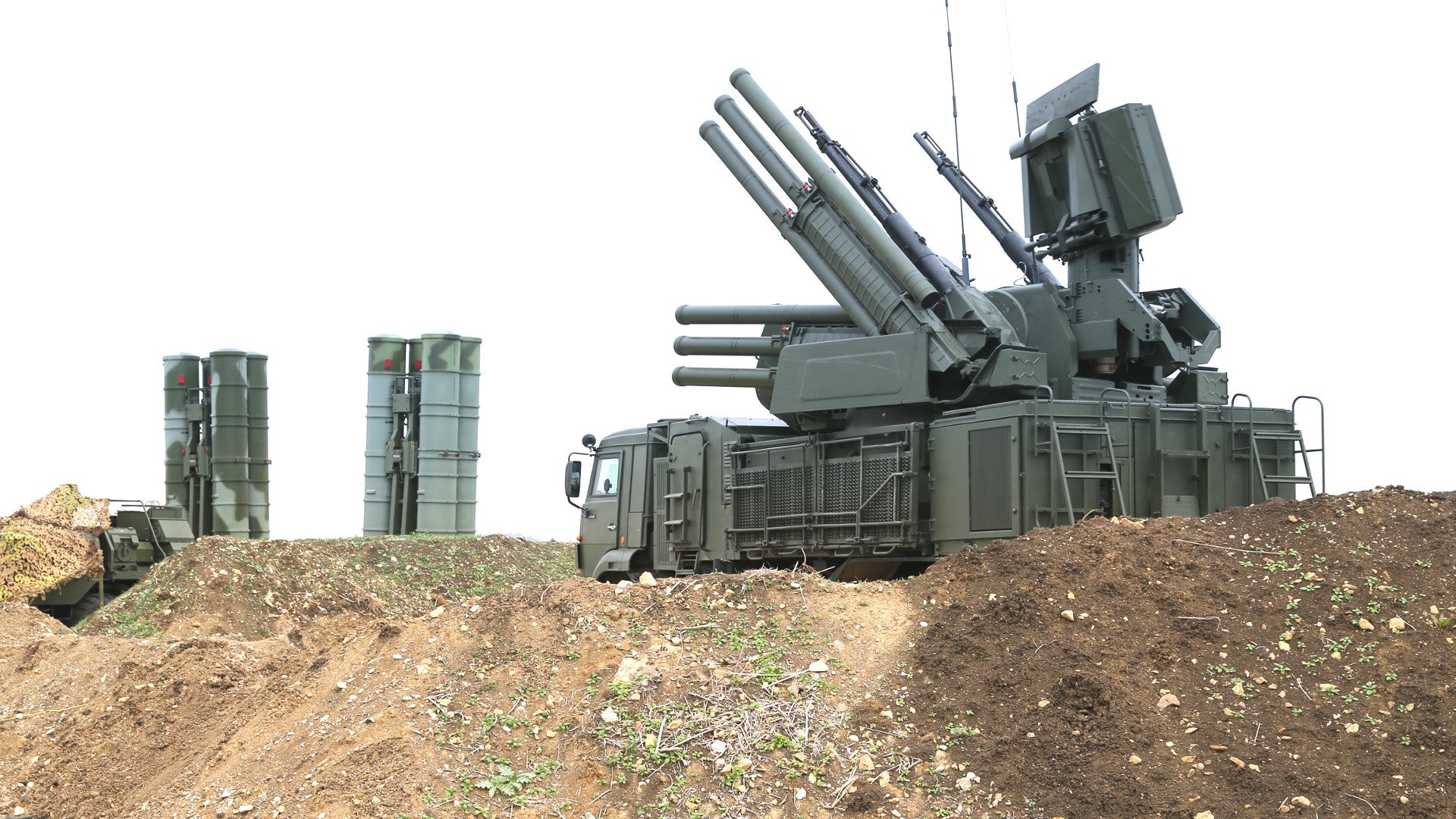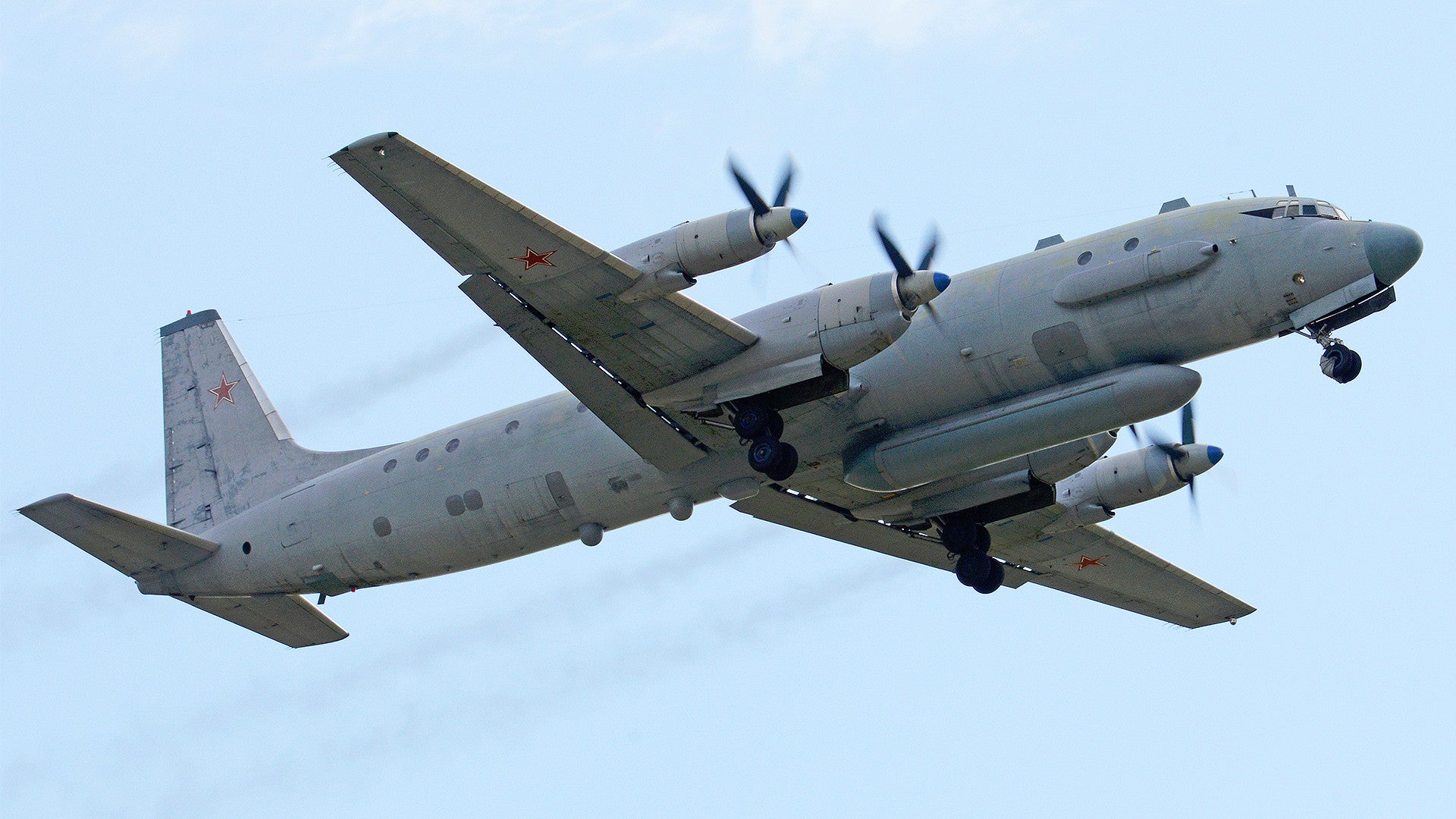Big_Zucchini
Well-Known Member
I believe some munitions were shot down. I just have no concrete evidence for that. My point was that whatever amount they have shot down, it was in the best case a very negligible amount. Not the 90% they claim, nor the 50% Russia sometimes claims, or even 10%. They don't have the tech to achieve good numbers in that regard.Feanor said:I notice you haven't answered the question. I agree, it's illogical. Do you think 0 munitions were shot down? If yes, you are, by your own admission, illogical. If no, then where are the fragments?
I have no info on the existence of fragments. But I have seen that weapons that tend to leave fragments on their own were shown on media.
There is just no evidence to point that Syria either manages to shoot down any considerable number of munitions, or force any sort of strategy on Israel.
The Syrian government has no problem blatantly lying to its people. It's not a free country with freedom of press. What matters more is the outside view. Syria frequently claimed it downed Israeli planes. But only when it really happened there was a media buzz.Feanor said:To know that this is the case every or even most of the times they found one, we would need to compare malfunction statistics to numbers displayed by the Syrian media, again some major media analysis. I haven't done it, and in what I have seen of this conflict, relatively few Israeli downed UAVs or munitions have cropped up in the media. If you have some indications that the Syrians are very eager to display these sort of things, that would be interesting. I suspect that finding a downed UAV, especially by civilians or non-military agencies, in the country side as such, would generate considerably more public attention. Cleaning up the results of an Israel missile strike on a military facility, especially one where Iranian proxies or advisers are based, would be kept out of the public eye as much as possible, and that might include remains of downed munitions. It's also possible that the damage of intercept is such that the distinction between a munition that exploded on target and a munition that exploded in mid air due to interception by something like a Buk-M2 missile (for example) would be negligible, significant reducing the propaganda value of such a display.
Spike NLOS missiles were shown, for example.
I can't know for sure what their logic is, but the evidence shows their air defenses are obsolete.
Israel lost a huge chunk of its air force at the beginning of the Yom Kippur War. I believe it was 30% in the starting week.Feanor said:That hasn't been my impression. My take away has been that the Egyptian air force was lackluster at best, and outright incompetent at worst. In the War of Attrition that directly preceded the Yom Kippur war they took horrendous losses, despite having considerable Soviet air (going so far as to have some Soviet pilots flying their aircraft, and an entire Soviet PVO division deployed around Cairo). Even in that war the Israelis lost far fewer aircraft then the Syrians and Egyptians, and only a few of those in air to air combat, the overwhelming majority were downed by GBAD. Take a look here: https://www.airuniversity.af.edu/Portals/10/JEMEAA/Journals/Volume-02_Issue-1/Tovy.pdf Israels problem was that it's tiny and the IAFs available resources were dwarfed by the volume of Soviet military aid to the Arabs.
It's not the Egyptian air force that really mattered. What mattered is that Egypt had operated its air defenses and air force in tandem. Only through such cooperation they managed to inflict losses to Israel. Had they gone on an aerial offensive into Israel, their planes would be slaughtered and the IAF would be unscathed. If they would overly rely on their GBAD, they'd lose a ton of equipment. The repeating point here is that GBAD only works when supported by an air force. If it's not supported, it's as good as ashes.
This specific incident is an Iranian operated Tor system. Not an "indigenous" system.Feanor said:Specifically against advanced Iranian SAMs? I didn't see any. If you have, do you mind sharing?
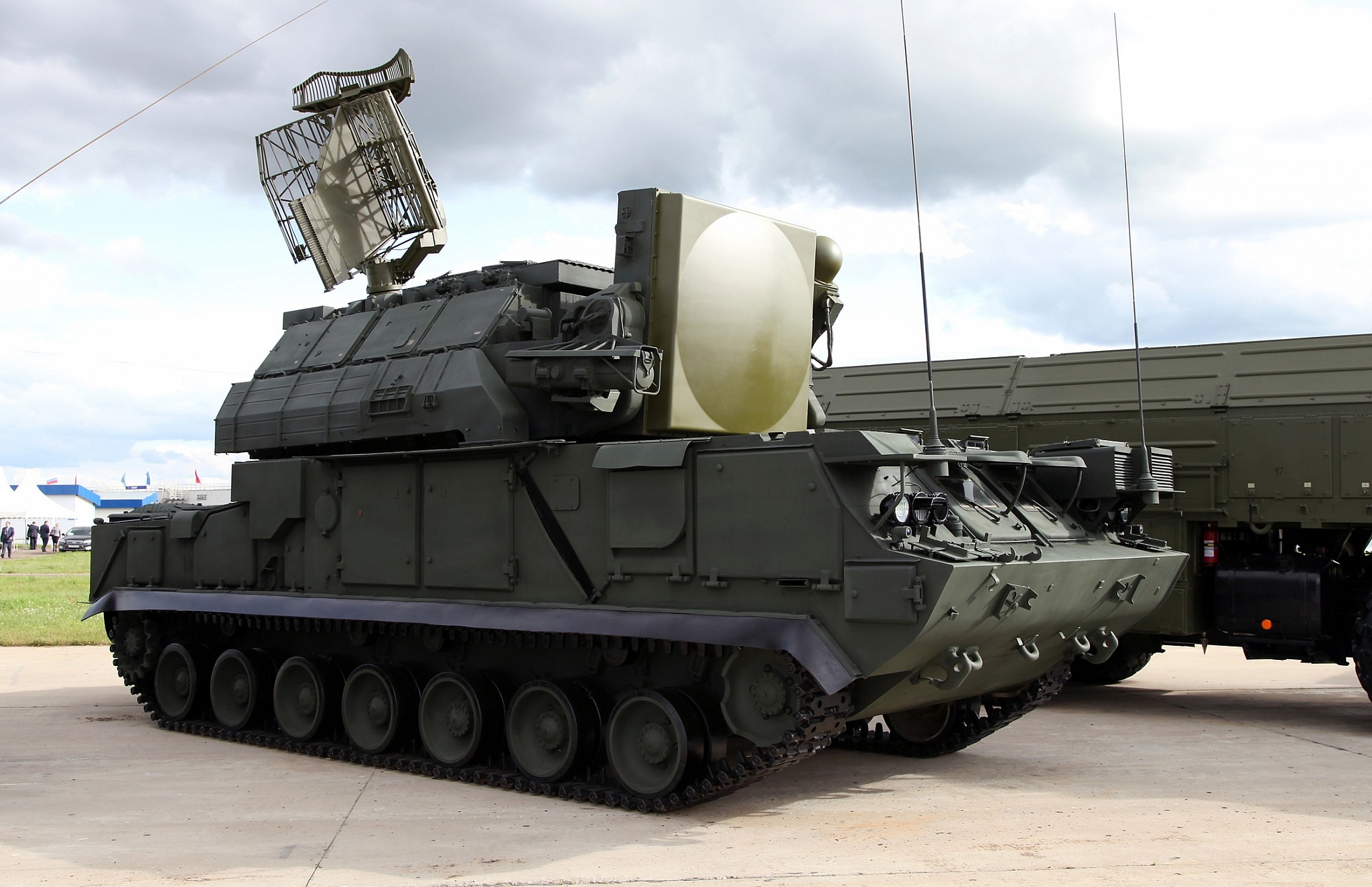
Report: Israel targeted advanced Iranian air defense system in Syria strike
Jerusalem conferred with Washington before launching April 9 attack, which killed at least seven Iranian troops, Wall Street Journal reports
Iranian forces proceeded to threaten Israel and maintained significant presence despite Russian MP patrols. There's only so much Russia can do when Iran operates concealed proxies, not officially affiliated with Iran.Feanor said:Certain agreements were made between Israel and Russia about who would be allowed in southern Syria (specifically Deraa and near the Israeli border) with Russian MPs deployed to enforce those agreements. Are we sure it's an issue of Iranian resources and not of political arrangements? I'm far from convinced.
A delilah missile has a 250km range. To provide TV footage and maintain manual controls with the operator on an aircraft, it must have a line of sight to the operator. To maintain a line of sight at 250km, the aircraft have to stay at 5km altitude at least.Feanor said:I don't follow. Why would the aircraft need to keep flying in circles?
And with a maximum speed of Mach 0.7, or 240m/s, the flight time is 17 minutes. They'd have to fly at an altitude of 5km for 17 minutes whilst still in Israel's airspace to avoid ever entering Syrian airspace, if your assumption of avoiding their airspace is correct.
Feanor said:Do you mind sharing?
Maybe I'm totally lost, but googling that came up with buckets of results about ISIS. Maybe I'm missing your point. Could you elaborate?
Sorry, I should have been more specific. Repeat thar search but go to the "Images" tab. It should give you a bunch of satellite photos showing targets before and after an Israeli strike.
ISI is a satellite service company that provides media with sat footage of approximately 80% of Israel's strikes.
Doing so would ignite a diplomatic incident between Russia and Israel, something that none wants. Russia doesn't care about Assad all that much to antagonize Israel. Russia's presence in Syria is too limited, and it cannot reinforce them all that much, despite Russia's massive investment in a wide range of capable EW systems. If it antagonizes Israel, it can find itself in a covert EM war with Israel that it just cannot stand to win due to territorial and numerical inferiority.Any old SAM can threaten them. It's a question of using countermeasures including EW to deal with those SAMs. If an antique S-200 can down an F-16 it's pretty obvious that so can many other things, including more modern assets like Buk-M2s, and Pantsyrs. I don't see why Russian AEW, or various other radars (ship-bourne, GBAD, fighter jet) couldn't be used to give Syria a heads up about inbound Israeli strikes, with Pantsyr and Buk-M2 pickets positioned in ambushes along various likely approach vectors.
Knowing how the IAF and other branches work, assuming the IAF reuse attack paths frequently would be illogical.This wouldn't provide guaranteed positive control of airspace, in fact it would positively preclude it, but it would allow mobile and more modern though shorter range systems to ambush Israeli aircraft, and cause potential losses. If you have to fly low to avoid the older big SAMs, you become more vulnerable to something like a Pantsyr. Given how frequently Israel flies into Syrian territory, losing aircraft to a tactic of this type is a question of when not if, in my opinion.
The IAF also rarely ever conducts a strike without first plotting an attack path with surveillance aircraft. Accurate surveillance can be done to a great range, tens of kilometers ahead of any short range air defense system.
Modern SARs are particularly effective in that role, although they're an active component.
The pattern didn't change. Israeli strikes proceeded and conducted even deeper into Syria and even into central Iraq after that.I would add another important component to this equation. After losing an F-16 the Israelis proceeded to retaliate quite severely, until a phone conversation between Putin and Netanyahu. After which the retaliations stopped and the Israelis appear to have switched their approach to hitting targets in Syria. Is it possible that something along the lines of the above was threatened or implied?
Doing this once against a very high value target would be logical. But in routine strikes that are conducted on a weekly, sometimes daily basis? No. Too much risk especially when Syrian airspace is considered particularly safe.This is all speculation and supposition. I don't think you can positively rule out that an alternate flight route was used, either through an unofficial agreement with the Saudis or by exploiting traditional Saudi incompetence.
Again, the Osirak strike occurred at a time when the political climate between Israel and Jordan plus Saudi Arabia was very different from what it is today.The Osirak reactor is a good example of a real scenario where the Israelis chose to operate a certain way under certain circumstances, proving a capability. It's also important to note that apparently at least one of the "mystery" strikes was done by UAVs. Are we suggesting that Israel flew UAVs through the entirety of Syria? I suspect there's more going on here that we don't know.
Last edited by a moderator:

